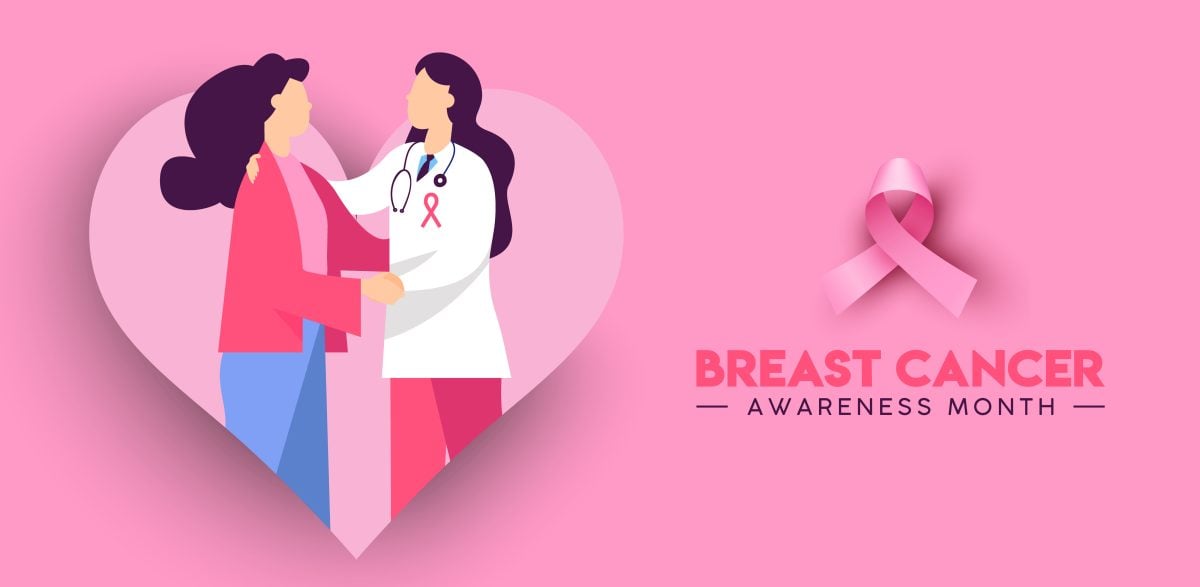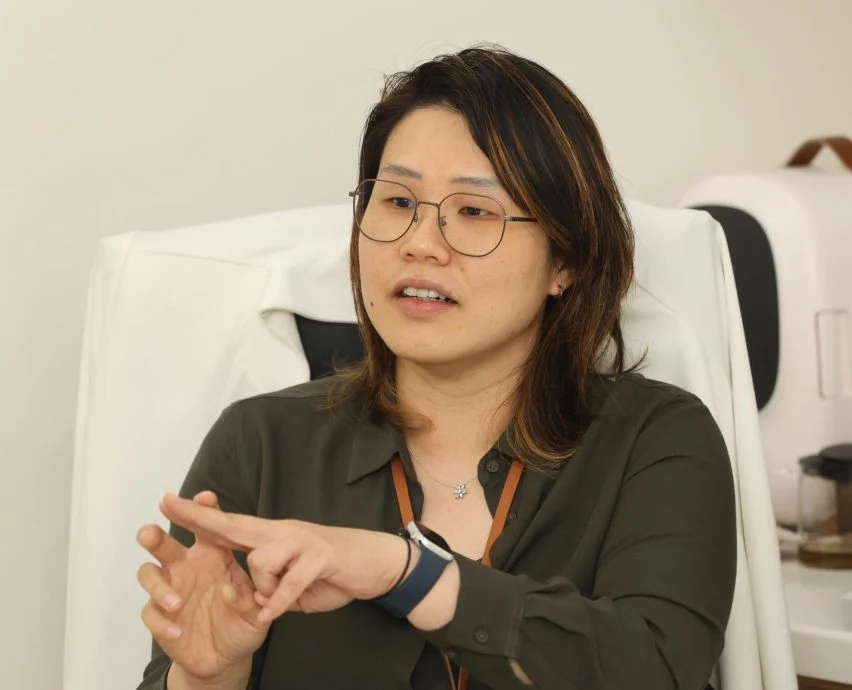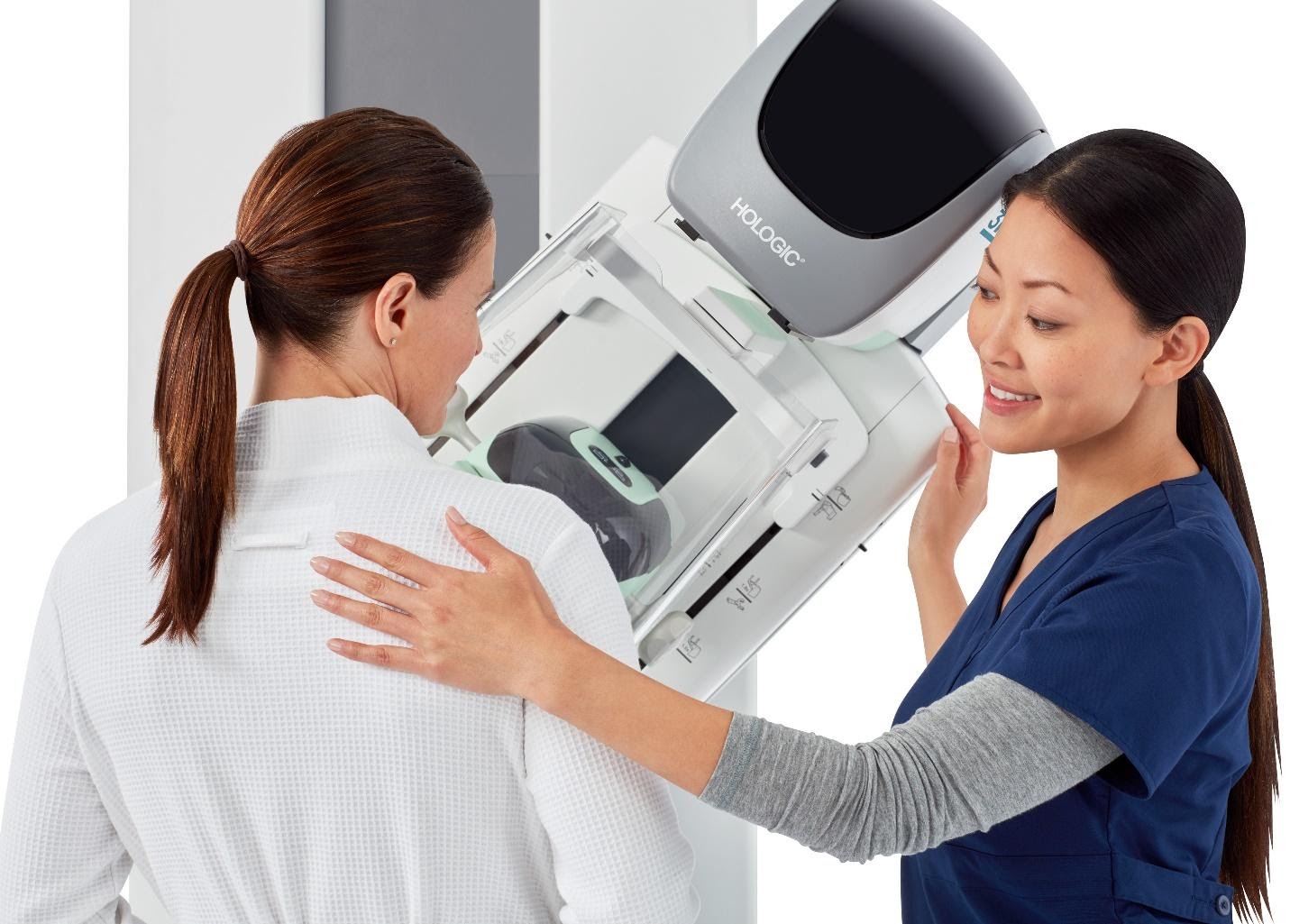Early Detection is Crucial, But Regular Follow-Up is Your Best Protection

Every year, Pink October brings vital awareness and mammogram promotions. While taking advantage of these is a great start, a single "normal" result does not guarantee lifelong safety. At Subang Jaya Medical Centre (SJMC), our experts, like Dr Teh Mei Sze, Consultant Breast and Oncoplastic Surgeon, emphasise that screening is just the first step.
Consistent monitoring, personalised follow-up, and understanding your breast health over time are what truly reduce your risk and protect your future.
"Stage 1 breast cancer has a five-year survival rate of over 95%. This drops significantly to 70% in Stage 3 and only 20% to 30% in Stage 4. Early detection is everything," Dr Teh stressed.

Dr Teh Mei Sze
Screening vs. Diagnostic: Know the Difference
It is vital to distinguish between two key types of tests:
Screening Tests: Performed on women with no symptoms to detect cancer early, when it is most treatable. (e.g., routine Mammograms).
Diagnostic Tests: Performed after symptoms develop (such as a lump, nipple discharge, or pain) to confirm a diagnosis.
Even with a normal mammogram or ultrasound, breast tissue changes due to age, hormonal factors, and lifestyle. This is why annual, consistent follow-up is non-negotiable.
Why Consistent Screening Matters in Malaysia
Despite strong campaigns, breast cancer screening rates in Malaysia remain below international benchmarks.
Low Uptake: While screening rates for women aged 40+ have increased, the estimated 10%–12% is still far below the government's target of 25%.
Urban vs. Rural: Screening is higher in urban centres like Kuala Lumpur and Penang, but often drops below 5% in rural areas.
Increasing the number of women who screen is important, but maintaining consistent screening habits every year is the real goal for improving long-term survival rates.
The Gold Standard: Mammography Guidelines
The mammogram remains the most effective and recommended screening tool for women aged 40 and above.
| Risk Profile | SJMC Recommendation |
|---|---|
| No Family History | Start screening from age 40, then every 1–2 years. |
| Family History or Previous Issues | Start screening from age 40 and discuss an annual plan with your doctor. |
| High Risk (Multiple relatives, genetic risk) | Follow-up every 6–12 months with a specialist. |
For women under 40, a breast ultrasound is generally recommended.
When to Screen Earlier: If you notice any symptoms like lumps, nipple discharge, swelling, or pain, you should see a breast specialist immediately, regardless of age.

Advanced Technology for Better Accuracy
At SJMC, we prioritise accuracy and patient comfort through cutting-edge technology:
3D Mammography (Tomosynthesis): This offers clearer, layered images of the breast, significantly improving detection—especially for women with dense breast tissue. It also provides a more comfortable experience.
Expert Interpretation: Our screening results are interpreted by experienced, dedicated radiologists and reviewed by our Breast Oncoplastic Surgeon, to ensure the highest level of precision and expertise compared to non-specialised practices.
Understanding Your Results: The BI-RADS System
All mammogram and ultrasound reports use the BI-RADS scoring system to determine your risk level and next steps. Our specialists use this score to create a tailored follow-up plan, which could range from regular monitoring to a biopsy or treatment, depending on your individual findings.
If results are abnormal or inconclusive, consult an SJMC breast surgeon directly to ensure a rapid and accurate diagnosis. Many conditions (like cysts or fibroadenomas) are benign, but timely action on suspicious findings can save your life.
Personalised Treatment and Reconstruction Services
If cancer is detected, SJMC offers comprehensive care guided by the biological type and stage of the cancer (hormone-positive, HER2-positive, or triple-negative). Treatment may include combinations of:
- Chemotherapy
- Radiotherapy
- Targeted therapy
- Immunotherapy
- Hormone therapy
- Surgery (lumpectomy or mastectomy)
Breast Reconstruction: Restoring Confidence
For women requiring a mastectomy, our team can perform immediate breast reconstruction using either silicone implants or the patient’s own tissue. This not only restores physical appearance and balance, but also helps rebuild confidence and improve overall quality of life.

Myth-Busting and Long-Term Health
Dr Teh clarifies common concerns:
- Soya milk and underwire bras do not cause breast cancer.
- Stress does not directly cause cancer, but managing it is key to general health.
- Healthy Lifestyle: Maintaining a balanced diet and an active lifestyle is essential for reducing overall cancer risk.
The Real Message: Screening is a Continuous Commitment
"Breast cancer prevention is continuous. Do not let Pink October be the end of your commitment - make it the beginning of a lifelong habit," advises Dr Teh.
Your Continuous Breast Health Checklist:
- Perform monthly Breast Self-Examinations (BSEs).
- Undergo a yearly mammogram starting at age 40.
Follow your specialist’s schedule for annual follow-up, especially after breast cancer treatment.
Remember, the radiation from a modern mammogram is minimal—the real danger lies in skipping screening and follow-up.
Do not wait until next Pink October, or stop your prevention journey there. Schedule Your Annual Breast Cancer Screening or consult an SJMC Breast Specialist now.
Source: Sin Chew Daily
